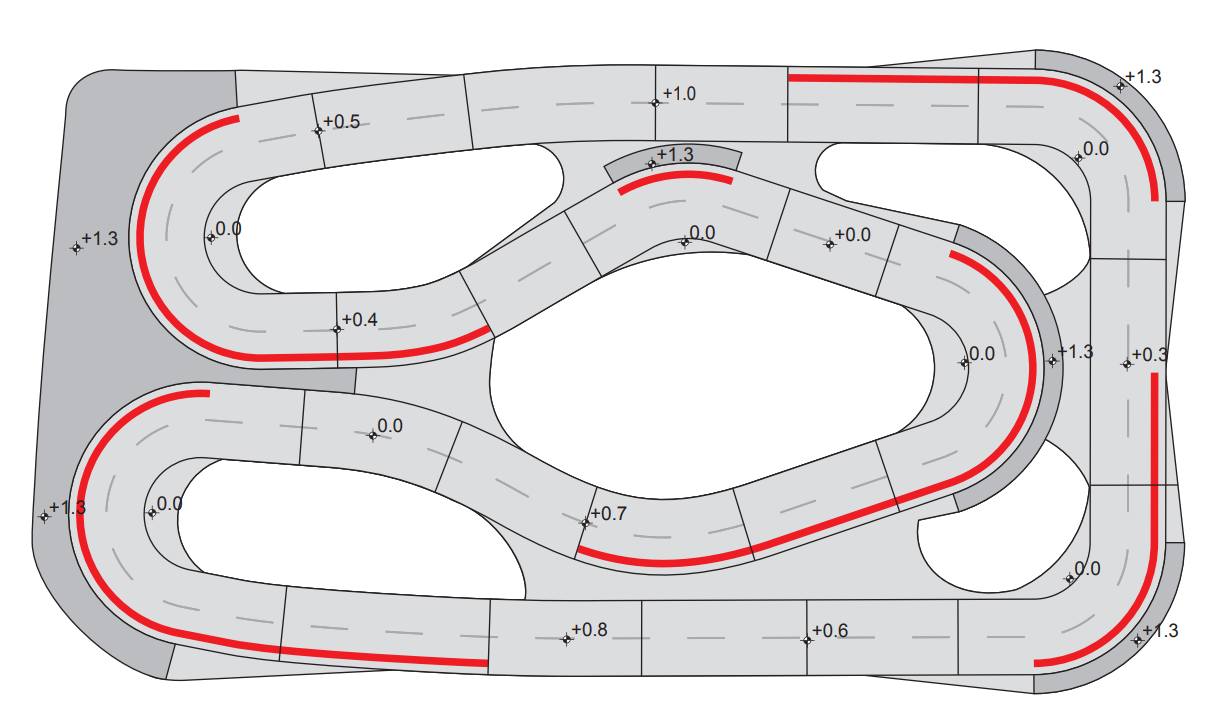| Subject: | WECA Green Recovery Fund – Community EV Charging Hubs |
|---|---|
| Date: | Tue, 18 Jul 2023 17:14:51 +0000 |
| From: | Alex Rowbotham |
| To: |
Dear B&NES Member & Parish Councillors,
I am writing to highlight an ongoing project which could impact and benefit Temple Cloud.
Summary
We will soon receive funding from WECA to build public EV chargers in rural areas of B&NES. Your ward has been identified as a priority area. We need to start discussions with you to understand preferred host sites in Temple Cloud and gain community support. Ideally this would initially involve our presenting at a Parish Council meeting.
Background
The West of England Combined Authority (WECA) is set to release the Green Recovery Fund (GRF) for Electric Vehicle Infrastructure (EVI) at the end of July’23. One of the main goals for the GRF project is to build community hubs for EV charging in rural areas. These hubs will be groups of fast chargers at the heart of rural communities, located off-street and available for public use day and night.
Regional clean air zones and the need for climate change mitigation are publicly recognisable drivers for the move towards more sustainable transport. For those residents reliant on travel by private vehicle the transition to driving electric vehicles is now an inevitable requirement, outlined in HMGs’ Road to Zero (2020) & Taking Charge (2022). The first document identifies the timetable for transition to zero emission vehicles, with the phased removal from sale of new petrol and diesel vehicles starting 2030.
The Charging Issue
For those residents considering driving an EV, access to charging infrastructure is a key decision-influencing issue. Households with off-street parking have permitted development rights to install a home charger, providing access to convenient and lowest cost EV charging. This has been widely adopted, with Office of Zero Emission Vehicle (OZEV) grants contributing to install costs and increasing uptake, such that 85% of all EV charging is now conducted at home. However, if a resident is in the 33% (UK average) of households without access to off-street parking, they will not be able to install a home charger and must rely on the public charging network. A network that is going through a massive growth phase, with private investment in commercially viable sites. Public funds are necessary to enable EV chargers in areas which are currently less commercially viable, so they do not get left behind and turn into charging deserts. Most significantly this public investment will stimulate demand by providing potential EV drivers the assurance that public charging is available in their area.
Project Scope
Our efforts in building EV charging infrastructure have been focused on building public off-street chargers located in council owned car parks. In collaboration with West of England local authorities (Bristol, South Glos. & North Somerset) we have built the Revive charging network. Revive is operated by the local authorities, partnering with sector specialists, and uses any operating profit to expand and develop its network, to increase social equity of EV charging access in our region. Thus far Revive has built over 120 charging bays across the West of England, all the while developing institutional knowledge and expertise across the local authorities.
The GRF project will deliver charging hubs across a range of B&NES communities. A hub will provide two or more fast chargers (7 to 22kW & two sockets/charger) at a suitable off-road location for 24hr accessible public charging. This approach is considered the most appropriate for meeting the needs of visitors in the day and residents leaving vehicles to charge overnight.
We are seeking landowners within the community to host the chargers for public access, as most rural communities do not have B&NES owned council car parks suitable for the instal of EV chargers. Parish councils, community halls and churches are seen as preferred partners to host chargers, as these organisations share B&NES goals to support and empower local communities.
To generate the GRF full business case WECA and local authorities went through a site selection process which highlighted those communities with the greatest need. Over one thousand locations across WECA region were assessed against a range of influencing factors (existing EVI, resident parking, public transport, etc.), producing a long list of ranked locations. B&NES officers interrogated this list and identified fifteen communities that could host a community charging hub to provide maximum impact.
Temple Cloud is one of those communities identified as most suitable for a charging hub. An initial desk-based exercise showed that Temple Cloud Village Hall was a potential option to host the community hub.
Next Steps
Any community hub will only be effective if it is informed by local knowledge and has the backing of the local community. We need to start a discussion with your community to facilitate this. Ideally this begins with a presentation to the Parish Council. There I can explain what the GRF project can deliver, and all discuss how that might be best placed within your community.
I will be attending the Parish Liaison event taking place at Keynsham Library, Wed 19th July @ 1800, and happy to discuss this project further in person.
Regards,
Dr. Alex Rowbotham | Electric Vehicle Infrastructure Lead | Sustainable Communities | Bath & North East Somerset Council
###
Email:


************************************************************************************************
The contents of this email message, and any attachments, are confidential and intended solely for the use of the individual or entity to whom they are addressed. The message does not necessarily express the views of Bath & North East Somerset Council and should be considered personal unless there is a specific statement to the contrary.************************************************************************************************
- Posted: 19th July 2023






